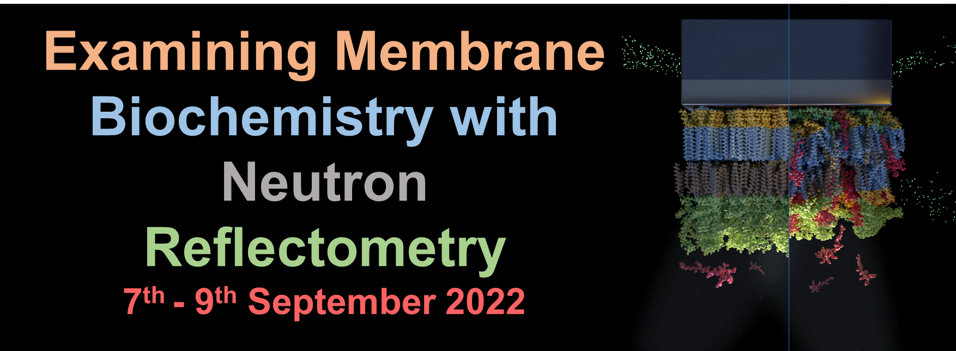Speaker
Description
Antimicrobial peptides (AMPs) are characterized as small, cationic peptides which, as the name suggests, show antimicrobial properties; something that has received considerable attention in recent years. These peptides can, according to structure, be classified into four different groups: extended AMPs, -hairpin or loops, -sheet, and amphipathic -helical [1-2]. In this work the focus is directed at the extended AMPs with sequences rich in glycine, arginine or histidines, with little or no secondary structure [1]. As a model peptide we are working with the histidine rich, intrinsically disordered peptide Histatin 5 (Hst 5), a small saliva peptide of 24 amino acids with a net positive charge. The sequence consists of seven histidines and is known to have antimicrobial properties and it acts as the first defense against oral candidiasis caused by Candida albicans [3]. Hst 5 has been studied by our group over the past ten years and is well characterized in bulk conditions. We now wish to move further and characterize the peptide in vicinity of a solid surface as well as lipid bilayers to understand the structure-function relationship. In a previous study [4] we have shown that Hst 5 can traverse the solid supported bilayer at low ionic strength without disrupting the internal structure of the bilayer. However, at physiological ionic strength, the peptide penetrates and resides both within the bilayer, as well as below it. Our hypothesis is that the number of histidines in the sequence is important for the mechanism of interaction, due to its possibility to charge titrate and charge regulate [5]. To investigate this, a number of variants have been designed, and the interaction with a negatively charged phospholipid bilayer is investigated using surface active techniques such as neutron reflectivity and QCM-D. This will be complemented with atomistic and coarse grained molecular simulations.
References
[1] A. Hollmann, M. Martinez, P. Maturana, L.C. Semorile and P.C. Maffia, Frontiers in Chemistry, 2018.
[2] D.I. Andersson, D. Hughes, J.Z. Kubicek-Sutherland, Drug Resistance Updates, 2016, 26, 43-57.
[3] S. Puri, M. Edgerton, Eukaryotic Cell, 2014, 13, 958-964.
[4] Y. Gerelli, A. Eriksson Skog, S. Jephthah, R. J. L. Welbourn, A. Klechikov, M. Skepö, Langmuir, 2020, 36, 3997-4004.
[5] A. Kurut, J. Henriques, J. Forsman, M. Skepö, M. Lund, Proteins, 2014, 82, 657-667.

